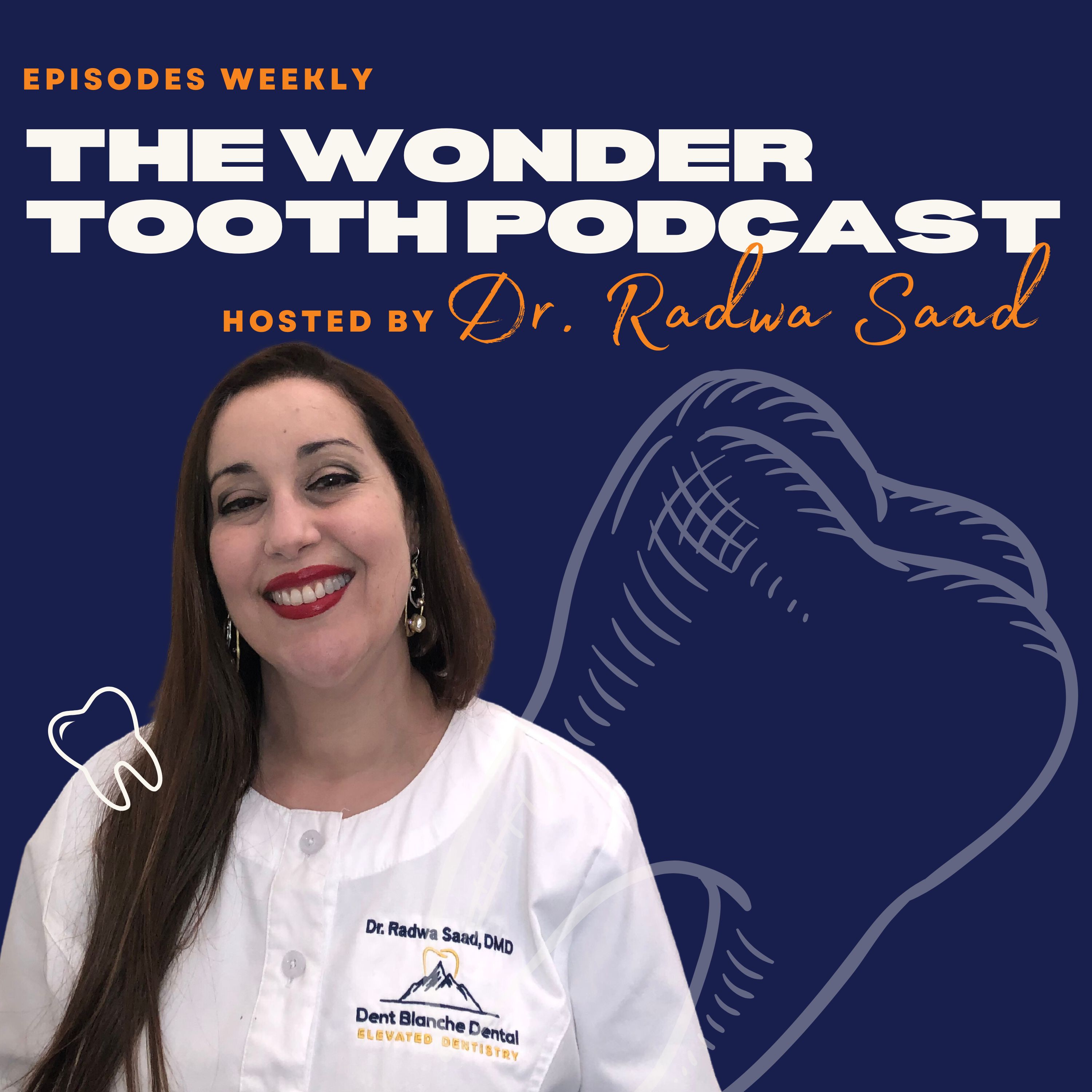- After-Shows
- Alternative
- Animals
- Animation
- Arts
- Astronomy
- Automotive
- Aviation
- Baseball
- Basketball
- Beauty
- Books
- Buddhism
- Business
- Careers
- Chemistry
- Christianity
- Climate
- Comedy
- Commentary
- Courses
- Crafts
- Cricket
- Cryptocurrency
- Culture
- Daily
- Design
- Documentary
- Drama
- Earth
- Education
- Entertainment
- Entrepreneurship
- Family
- Fantasy
- Fashion
- Fiction
- Film
- Fitness
- Food
- Football
- Games
- Garden
- Golf
- Government
- Health
- Hinduism
- History
- Hobbies
- Hockey
- Home
- How-To
- Improv
- Interviews
- Investing
- Islam
- Journals
- Judaism
- Kids
- Language
- Learning
- Leisure
- Life
- Management
- Manga
- Marketing
- Mathematics
- Medicine
- Mental
- Music
- Natural
- Nature
- News
- Non-Profit
- Nutrition
- Parenting
- Performing
- Personal
- Pets
- Philosophy
- Physics
- Places
- Politics
- Relationships
- Religion
- Reviews
- Role-Playing
- Rugby
- Running
- Science
- Self-Improvement
- Sexuality
- Soccer
- Social
- Society
- Spirituality
- Sports
- Stand-Up
- Stories
- Swimming
- TV
- Tabletop
- Technology
- Tennis
- Travel
- True Crime
- Episode-Games
- Visual
- Volleyball
- Weather
- Wilderness
- Wrestling
- Other
Episode #10: What is Digital Dentistry and why I became a Digital Dentist
In this episode we will discuss what is Digital DentistryDigital dentistry is a comprehensive term that encompasses a range of advanced technologies aimed at enhancing oral care. These technologies include intraoral scanners, computer-aided design and manufacturing (CAD/CAM), 3D printing, digital radiography, and virtual treatment planning software.One of the primary goals of digital dentistry is to improve the patient experience by reducing discomfort and waiting times while delivering more precise and effective treatments. By digitizing various aspects of dental care, dentists can achieve higher levels of accuracy and efficiency, ultimately leading to better outcomes.Current Applications of Digital Dentistry<br/>a. Intraoral Scanners: Gone are the days of messy dental impressions. Intraoral scanners have revolutionized the way dentists capture images of patients' teeth and gums. These handheld devices create detailed 3D models of the oral cavity, making the process more comfortable and efficient for both patients and dentists. The resulting digital impressions serve as the foundation for various treatments, including crowns, bridges, and orthodontic appliances.b. CAD/CAM Technology: Computer-aided design and manufacturing technology have transformed the way dental restorations are created. With CAD/CAM, dentists can design precise crowns, veneers, and other prosthetics using specialized software. The digital designs are then sent to an in-house milling machine or a dental laboratory, where the restorations are fabricated from high-quality materials. The ability to provide same-day restorations has significantly reduced treatment timelines and improved patient satisfaction.c. 3D Printing: Additive manufacturing, or 3D printing, has found its way into dentistry, allowing the fabrication of customized dental appliances and surgical guides. 3D printers can create dental models, aligners for orthodontic treatments, and even complex surgical guides for implant placement. This technology offers increased flexibility and cost-effectiveness in dental care.d. Digital Radiography: Digital X-rays have replaced traditional film-based radiographs, providing instant and clearer images. Digital radiography reduces radiation exposure for patients and allows for better diagnosis with the ability to enhance and manipulate images for detailed evaluation.The Future of Dentistry: Unleashing the Potential<br/>The potential of digital dentistry is vast and holds several exciting possibilities for the future.a. Artificial Intelligence (AI) Integration: AI algorithms can help dentists with accurate diagnosis, treatment planning, and predicting patient outcomes. AI-powered dental software can analyze vast amounts of data to provide personalized treatment recommendations based on individual patient needs.b. Virtual Reality in Patient Education: Virtual reality (VR) and augmented reality (AR) technologies could play a significant role in patient education and treatment acceptance. By using VR/AR to showcase treatment plans and potential results, patients can have a more profound understanding of their oral health and feel more confident in their decisions.c. Nanotechnology and Biomaterials: Advancements in nanotechnology and biomaterials are likely to revolutionize dental materials, making them stronger, longer-lasting, and more biocompatible. These materials could be used in everything from restorations to regenerative therapies.ConclusionDigital dentistry has proven to be a game-changer in the world of oral care, with its current applications already significantly improving patient experiences and treatment outcomes. As technology continues to evolve, we can only imagine the limitless possibilities for the future of dentistry. The amalgamation of digital technology with dentistry is truly transforming smiles and paving the way for

